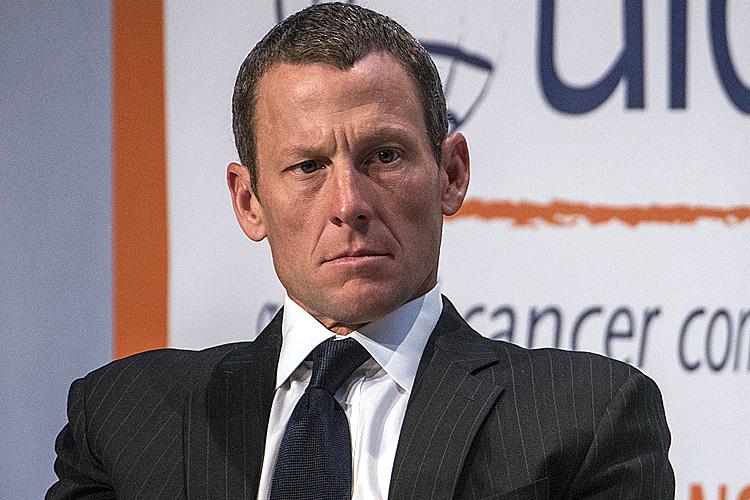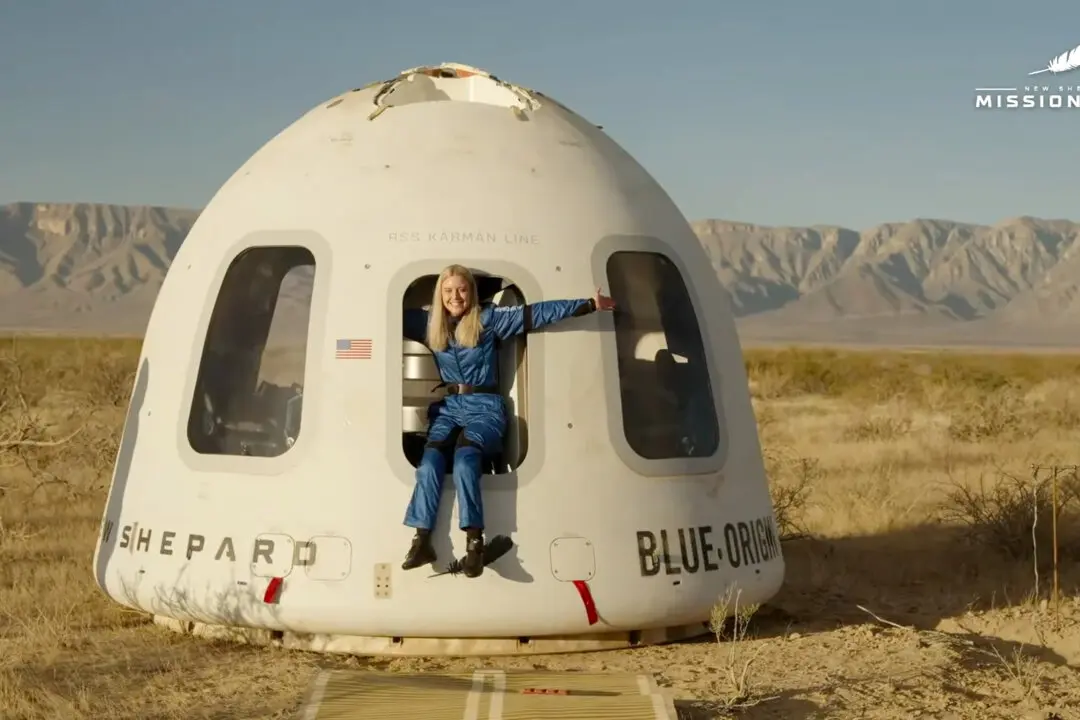The United States Anti-Doping Agency has released 1000 pages of testimony and documentation which it gathered in its investigation into the use of performance-enhancing drugs by the U.S. Postal Service and other U.S. teams and by riders including Lance Armstrong.
USADA CEO Travis Tygart describes the evidence as personal testimony plus “direct documentary evidence including financial payments, emails, scientific data and laboratory test results that further prove the use, possession and distribution of performance enhancing drugs by Lance Armstrong.”
This evidence constituted the USADA case against Armstrong, a case which never went to court because Armstrong elected not to contest it, and to accept whatever penalties were handed out (though Armstrong has repeatedly claimed that USADA does not have jurisdiction in races organized by ASO or UCI, the two concerned international cycling bodies.)
Tygart’s statement and the full list of documents are available at http://cyclinginvestigation.usada.org/
There is still no direct evidence that Lance Armstrong ever used performance-enhancing drugs: no positive tests, no photos or film, and certainly no admission.
However, those 200 documents include the sworn testimony of 11 of Armstrong’s teammates, all of who admit to using banned substances, and all of whom implicate Armstrong.
These teammates are some of the biggest names in cycling today: George Hincapie, Levi Leipheimer, Christian Vande Velde, Tom Danielson. While Hincapie has retired, the others have effectively ended their otherwise viable careers by speaking out publicly.
While no one can say for sure that these men are not lying, a simple perusal of their statements gives the strong impression that these riders are being completely honest.
The picture that emerges is of a cycling culture where starting in 1995 everyone who wanted to compete at the highest level was forced to use a variety of banned substances, including erythropoietin (EPO,) cortisone, human growth hormone (HgH,) and testosterone. Every serious professional team had well-orchestrated blood-doping regimens in place, and efforts were taken to prevent detection.
Many of the riders were uneasy about the professional, medical, and moral issues, but their desire to compete outweighed the risks.







